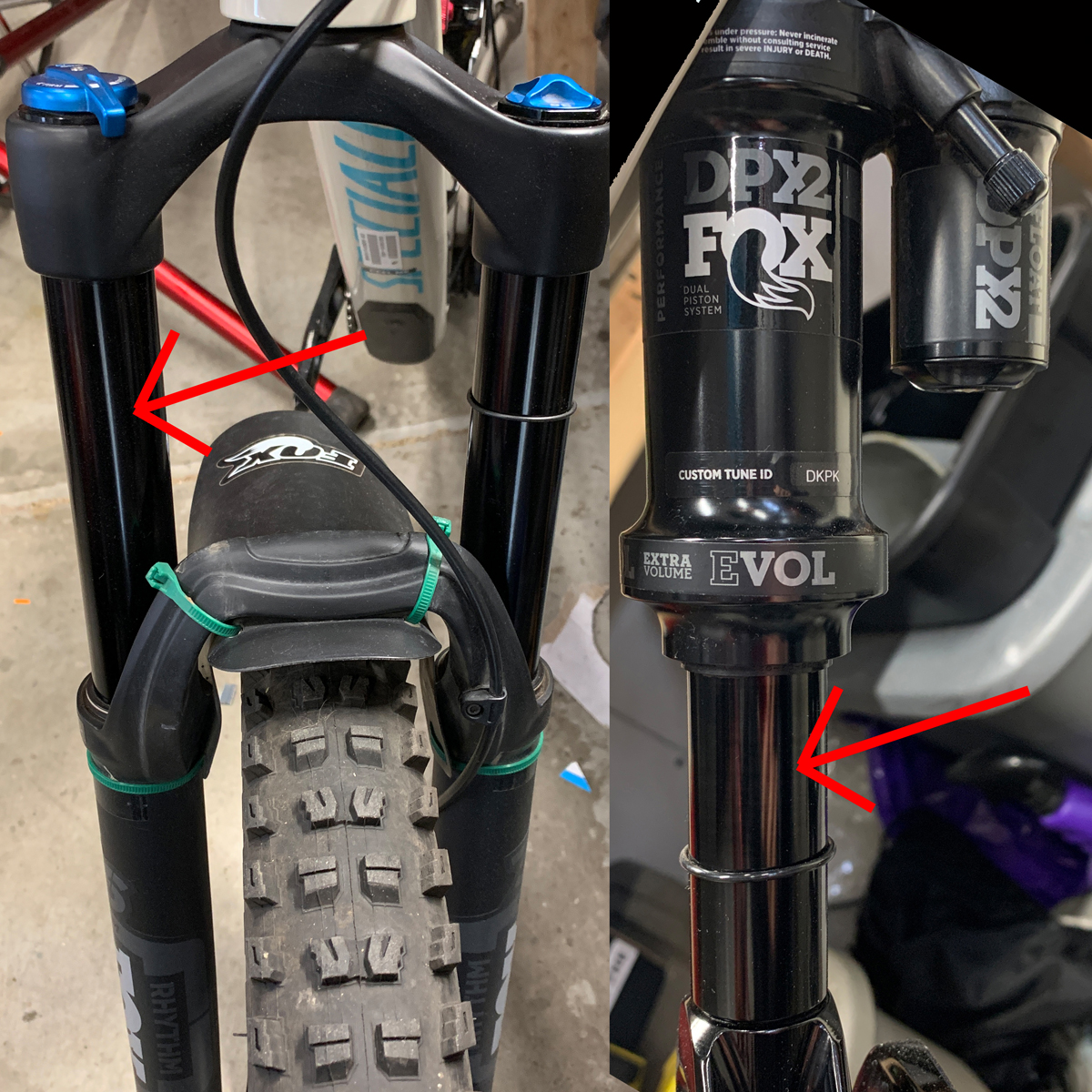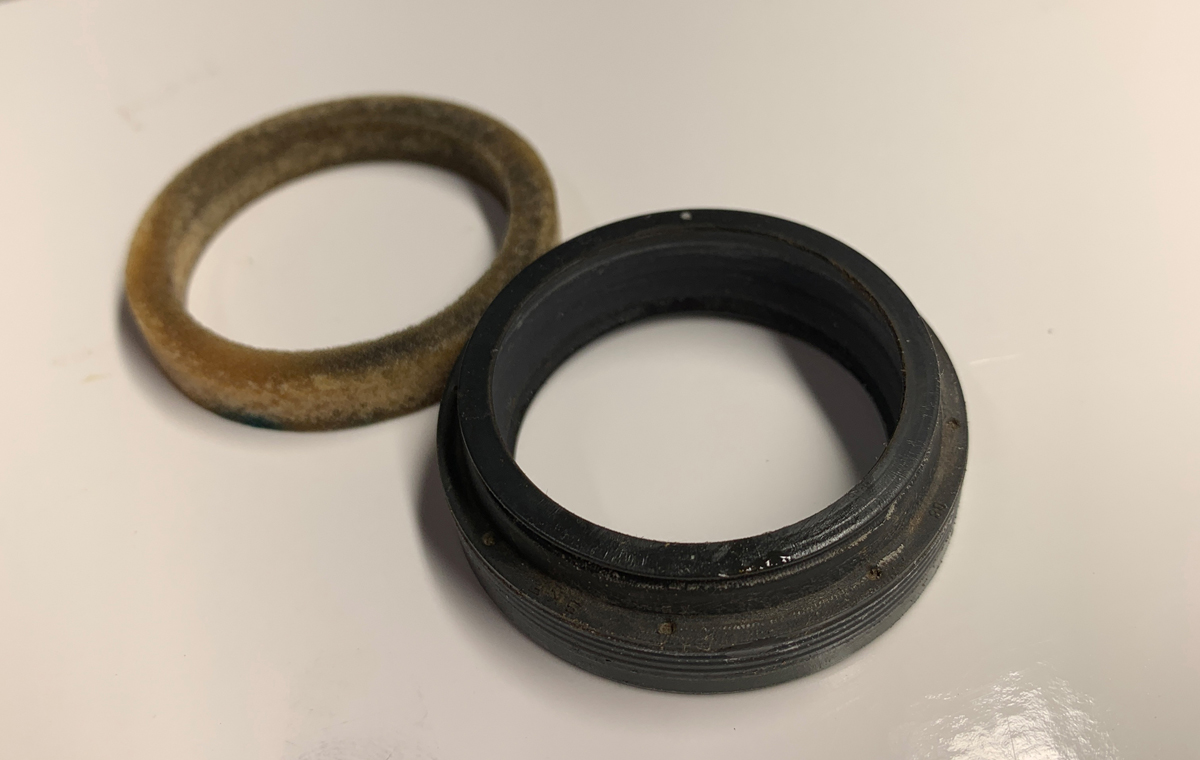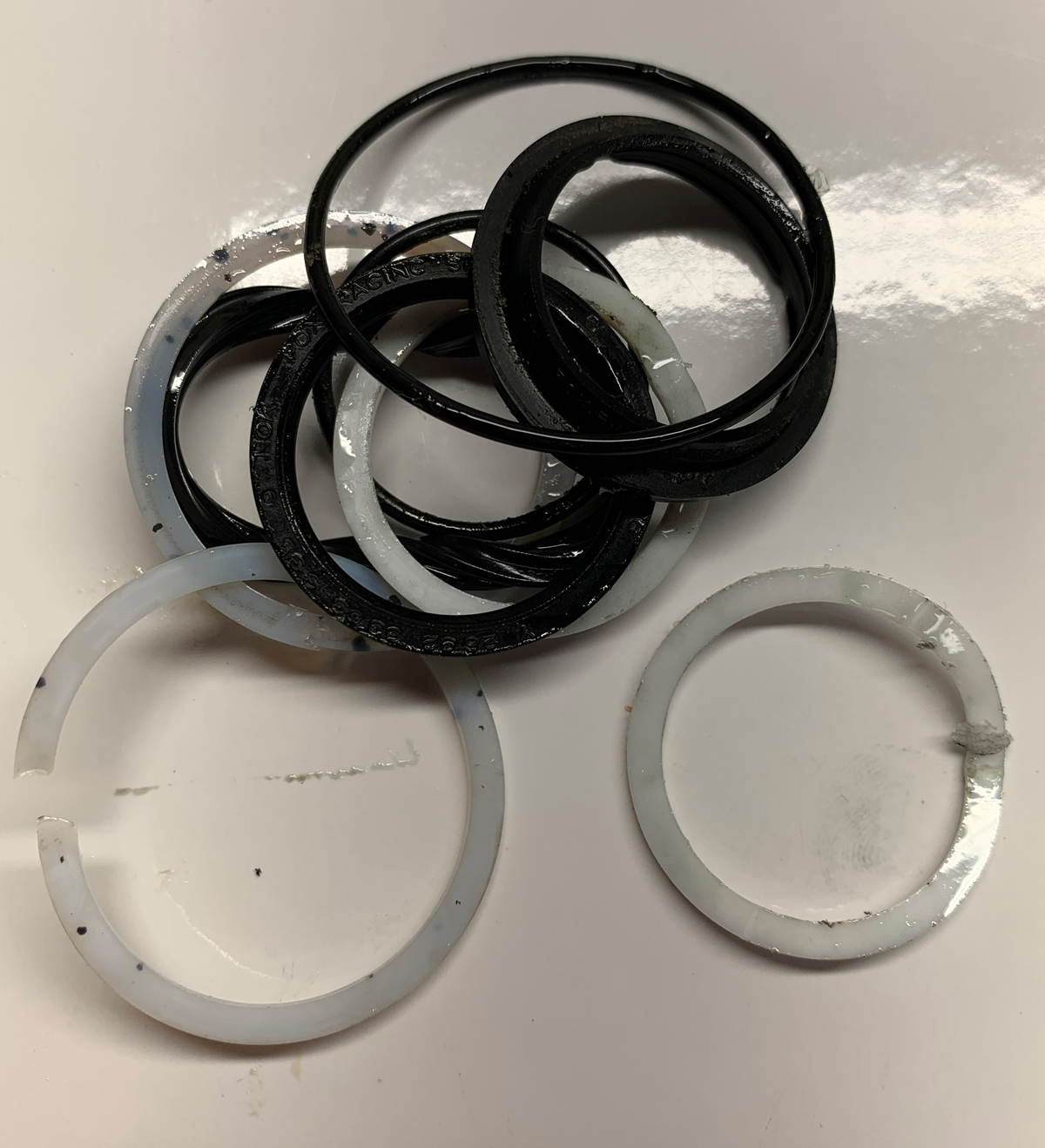There you are, not quite stranded. Snacking on an energy bar hidden in the bottom of your riding pack from last season, you’re trying to figure out what went wrong with that rear shock. It won’t hold air. Five miles from the trailhead it fully deflated after you filled it at the trailhead. You can put some more air in it, but clearly it doesn’t want to stay there. The culprit: worn air seals. A pre-trip shock service would likely have replaced these seals and simultaneously identified any other concerns.
“We get caught up riding, not servicing, our bikes. It’s then that the bicycle reminds us that it is the medium of the experience.” – Eric Ramirez

Service – It Isn’t Broken
Regular maintenance procedures like replacing the chain and gears, brake pads, truing wheels, and preloading bearings, tend to take precedence. Typically, this is because your equipment exhibits some issue that is preventing a great riding experience, but is less likely to lead to failure.
While the need for regular fork, shock, and hydraulic brake service is no less important, its nature means that it tends to get put on the back burner. We tend to give these items less attention, because they seem to work fine, until they don’t.
When hydraulic systems fail, your ride experience could be severely impaired or even end catastrophically. Preventative maintenance on suspension and brakes will help minimize inconvenient ride-ending mechanicals.
Suspension Fluid & Seals
Most suspension manufacturers recommend full overhauls every 100 hours. Air seals and dust wipers should be serviced at higher frequency intervals, generally at 30 to 50 hours. It’s best to get familiar with manufacturer service recommendations for the specific suspension units on your bike, as maintenance frequency varies across all shocks. Adhering to these service intervals ensures minimal wear by reducing friction and possible contamination.

As suspension cycles through its travel, the stanchion tube (or shock body) passes into the lowers (or air can) with the wiper seals scraping off the contaminants of the wet and/or dirty outside world. The friction of this motion eventually causes the dust wipers to wear and allows oil and air to pass to the outside and dust pass to the inside.
The combination of dirt mixed with the suspension’s oil creates an abrasive that will wear out the smooth anodized stanchions (or shock body), bushings, seals, air springs, and many of the other working parts inside at an exponential rate. The most notable first symptoms of wear are a rear shock failing to hold air or a fork leaking valuable open-bath oil.
Performance loss presents itself as increased stroke friction, play or rattling sensation, and messy oil leaks – that often get into brake pads. These will continue to worsen as rides fill your Strava calendar.
Suspension units tend to have a high price-point, so periodically spending even more to keep them running in factory condition may seem counter-intuitive. Should you forego service, however, wear and future problems are unavoidable. In contrast, many riders religiously, and perhaps over-zealously, lubricate their chains, which are on average a $40 part.

Shock Service Interval
For perspective on the service intervals, 30 hours is not that much riding time and most riders tend to go way beyond that before servicing their equipment. If your average ride is 2 hours long, then recommended service will be after just 15 rides. For some, that’s just over a month into the season.
Brake Fluid
Hydraulic brake systems have different service requirements than suspension, but still have fluids that need changing as well. Rather than seals letting fluid out or dirt in, the actual DOT 5.1 fluid or Mineral Oil that are used in hydraulic brake systems lose pressure continuity. This is, in part, due to the miniscule amount of fluid in the system, but also from seemingly impossible contamination in what are supposed to be closed systems.
Symptoms indicating a need to service your brakes include a lack of braking power and the lever pulling back to the bar, which typically means that air has gotten into the system. Hopefully, at least one brake still works well enough to get you safely back to the trailhead.
Bleeding your brakes annually meets most manufacturers suggested maintenance schedule. Sometimes when following this schedule, your brakes won’t seem to need bleeding. Unlike with suspension, you’re not going to wear out parts by not bleeding the brakes with fresh fluid on a regular basis. Your levers, lines, and calipers will all be okay. However, think of the hydraulic fluid as the brake. If the fluid doesn’t work, the brakes don’t work, so it is important to service your brakes, even when there doesn’t appear to be any problems.
Conclusion
Preventative maintenance is key to keeping your bike in good working order and preventing component failure leading to consequences ranging from ride-ending inconvenience to serious injury. Bleed your brakes, service your suspension.
The feel of your next trail ride will always be more dependent on how well your suspension sustains your weight and how well your brakes prevent you from colliding with a moose, than on most other factors.
Eric’s experience reaches about 20 years back of working on bikes, starting in Park City. Today he’s a head technician at a shop.

